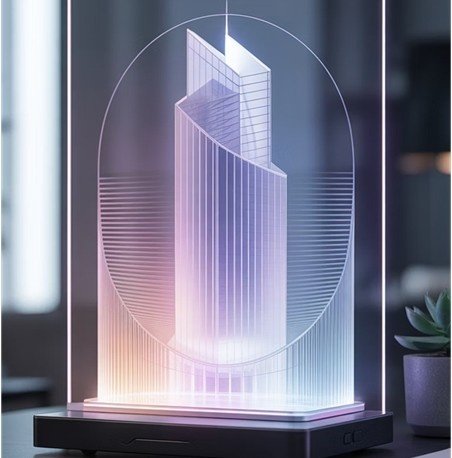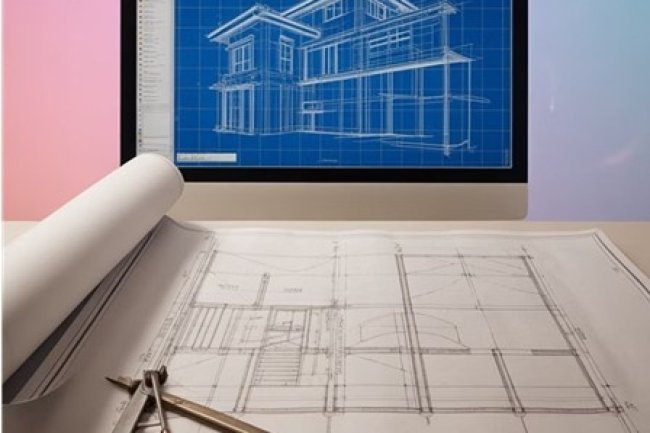Creating Interactive 3D Models from Raster Data: The Next Step Beyond CAD
The construction and design industries are experiencing a revolutionary shift. Traditional CAD workflows, while foundational, are evolving into something far more dynamic and interactive. Today’s professionals are discovering how to transform flat raster images into fully interactive 3D models that bring projects to life in ways previously unimaginable.

Why Traditional CAD Falls Short in Today's Market
Traditional CAD excels at technical precision but fails to meet the demands of dynamic, collaborative, and client-facing design workflows in today’s fast-paced market.
Static Limitations
Static drawings and basic 3D models cannot capture modern project complexity or engage stakeholders effectively. Project managers often spend valuable time clarifying designs with multiple 2D views, slowing communication and decision-making.
Limited Client Engagement
Stakeholders struggle to visualize final outcomes from technical drawings.
Communication Barriers
Design intent often gets lost in translation between teams and disciplines.
Revision Complexity
Manual updates across multiple drawing sets create inefficiency and errors.
The Power of Raster-to-3D Transformation
Software and tools are reshaping the way we transform static raster data into fully interactive 3D environments. Below is the step-by-step toolkit powering this revolution.
Photogrammetry Suite
Agisoft Metashape – The industry standard for converting photographs into highly detailed 3D models.
RealityCapture – Optimized for high-speed processing, ideal for massive datasets.
Point Cloud Processing
CloudCompare – Open-source software for point cloud analysis and manipulation.
3DReshaper – Professional-grade mesh generation and editing tool.
Interactive Platforms
Unity 3D – Enables real-time rendering and seamless interactivity.
Unreal Engine – Provides photorealistic visualization for high-end design outputs.
⚡ The secret to success: Careful coordination between capture, processing, and delivery phases ensures accurate, efficient, and visually compelling results.
Measuring Success: ROI and Performance Metrics
Quantifiable Benefits Across Project Phases
Time Reduction
Decrease in design revision cycles
Client Satisfaction
Boost in engagement & approvals
Error Prevention
Fewer costly field conflicts
Average Savings
Cost avoidance per project
"Interactive 3D models have transformed how we communicate design intent to clients. What used to take hours of explanation now happens instantly through immersive visualization."
Your Next Steps: Implementing Interactive 3D in Your Workflow
The transition from traditional CAD to interactive 3D modeling doesn't happen overnight, but the competitive advantages are immediate. Start with pilot projects that demonstrate clear value to stakeholders.
Assess Current Needs
Identify projects where visualization challenges create bottlenecks or communication issues.
Plan Technology Integration
Evaluate hardware requirements and software licensing for your specific use cases.
Develop Team Capabilities
Invest in training programs that build internal expertise and confidence with new workflows.
Ready to Transform Your Projects?
The future of design visualization is interactive, immersive, and incredibly powerful. By embracing raster-to-3D workflows today, you're positioning your projects and teams for the demands of tomorrow's built environment.
Start small, think big, and watch as your stakeholders experience the difference that truly interactive design communication can make.
What's Your Reaction?
















